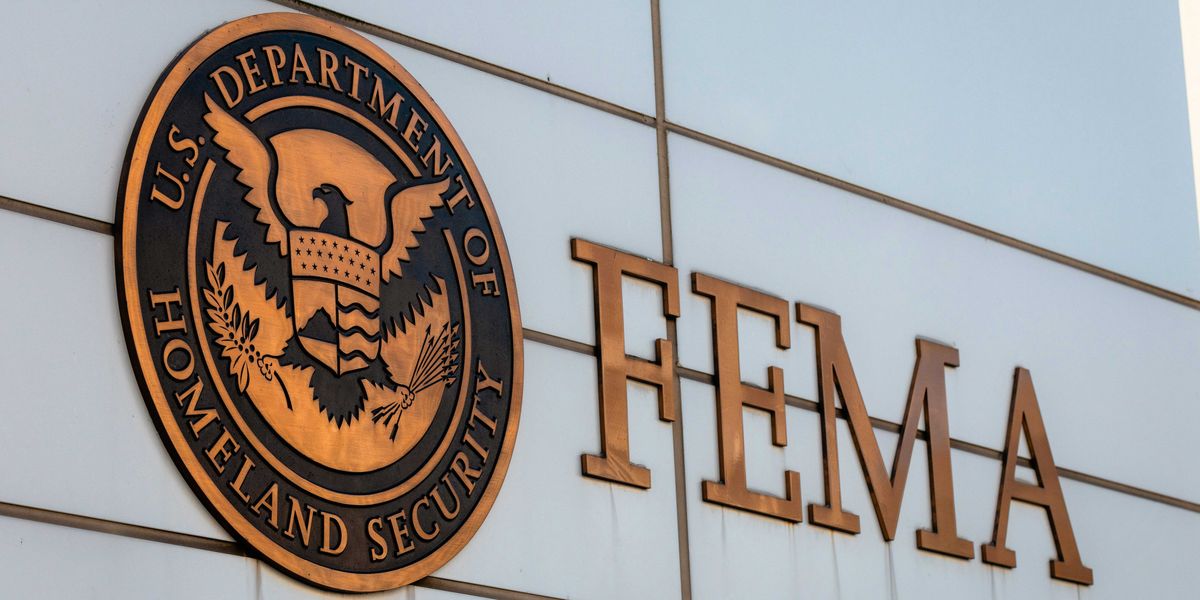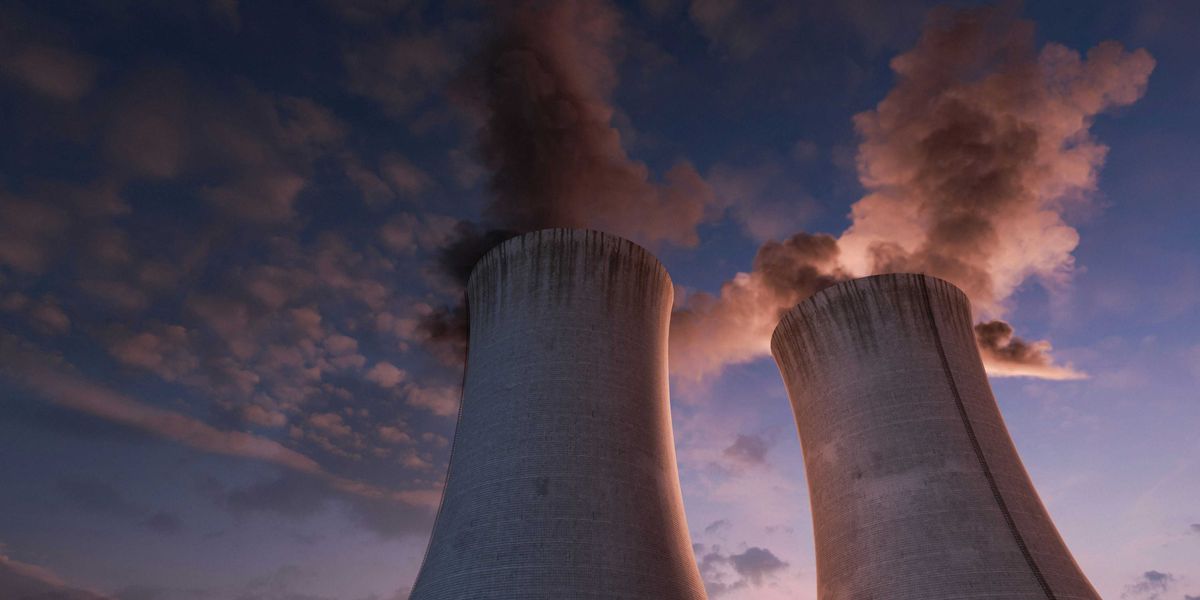
Global heat records shattered again as greenhouse gas levels surge
Global temperatures and greenhouse gas concentrations climbed to unprecedented highs in 2024, driven by rising fossil fuel emissions and amplified by climate-linked natural variability, according to a new international climate assessment.
Dylan Baddour reports for Inside Climate News.
In short:
- Every one of the 58 glaciers tracked by the American Meteorological Society lost mass in 2024, marking the second consecutive year of global glacial retreat and signaling a rapid acceleration of ice loss.
- Atmospheric carbon dioxide levels rose at a record pace last year, tied with the 2015 spike, as fossil fuel use continued to grow despite international climate agreements.
- Methane levels also rose sharply, with scientists pointing to wetlands, livestock, and landfills as likely contributors, though the precise sources remain under debate.
Key quote:
“We have spent trillions of dollars to address climate change and it’s been relatively ineffective. If all we do is keep inviting politicians to fancy hotels around the world to talk, we’re not going to get anywhere.”
— Charles McConnell, director of the Center for Carbon Management in Energy at the University of Houston
Why this matters:
Rising global temperatures and greenhouse gas levels are not just numbers on a graph — they shape the stability of natural systems, the safety of our infrastructure, and the health of communities around the world. The loss of glaciers threatens freshwater supplies and raises sea levels, while intensified rainfall and heat patterns increase the risk of disasters like floods, droughts, and wildfires. Methane’s rapid warming potential means short-term climate goals could slip out of reach if emissions aren’t better understood and managed. The warming climate has already begun to redraw coastlines, alter ecosystems, and strain public health systems — faster than many expected.













